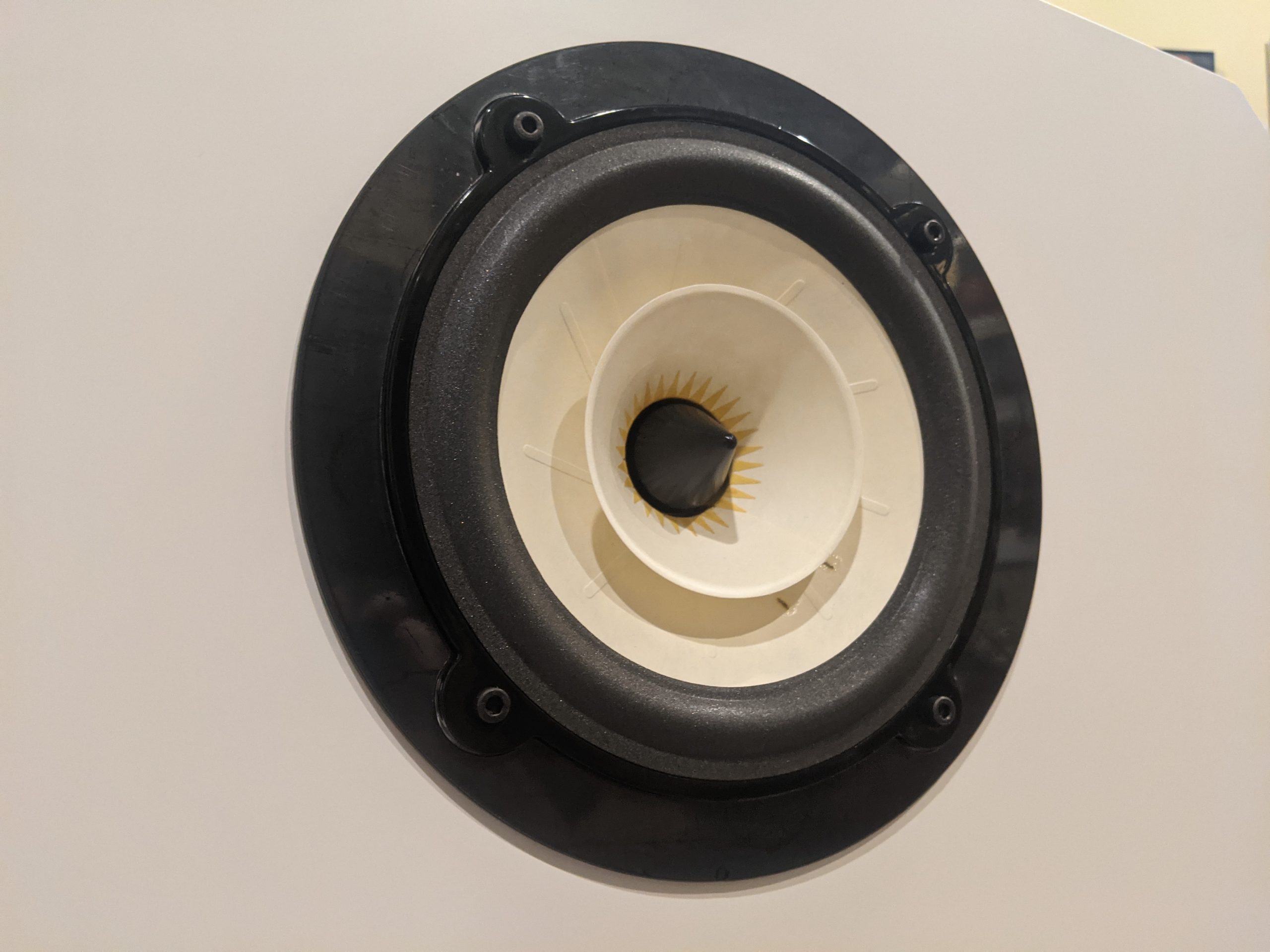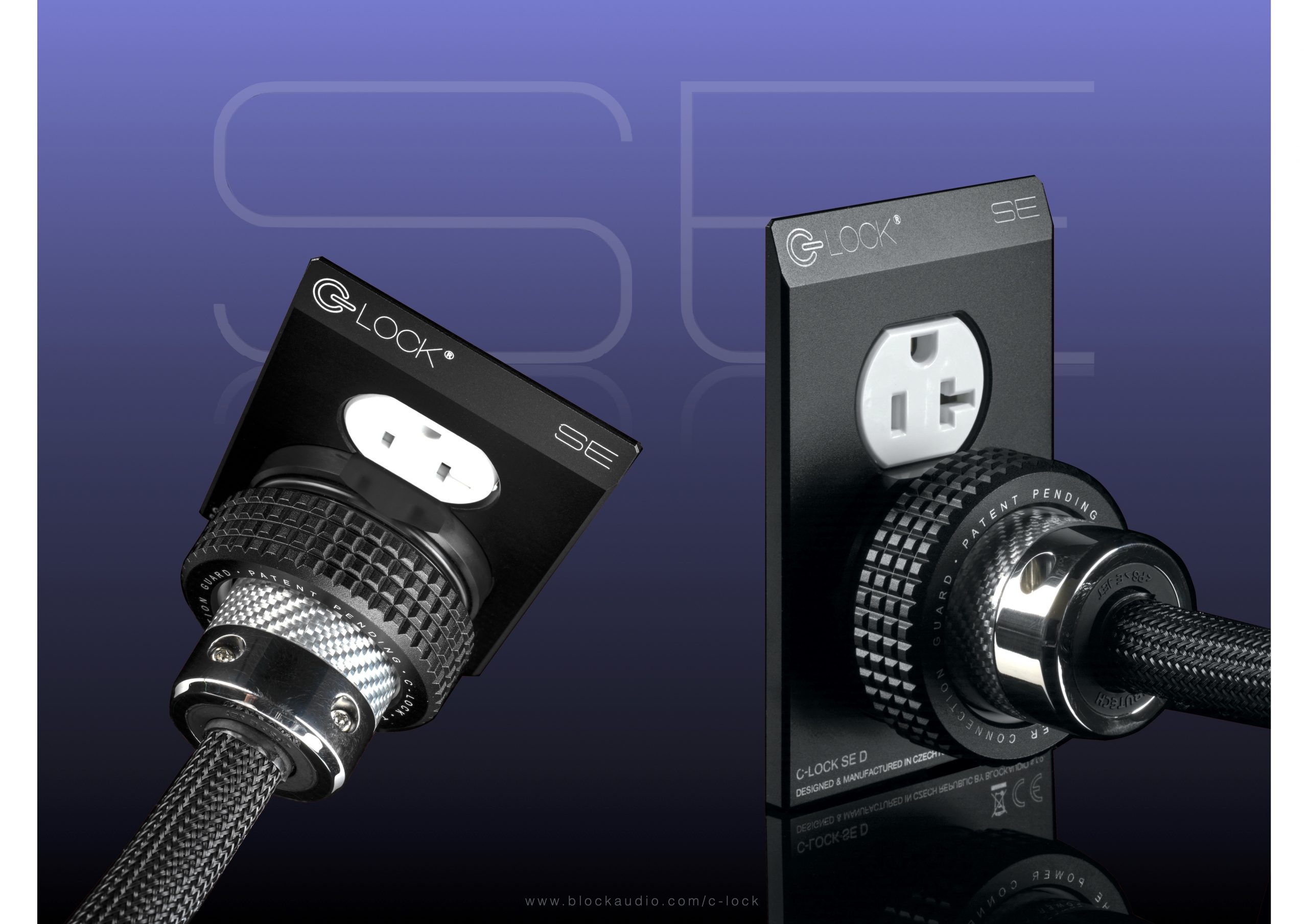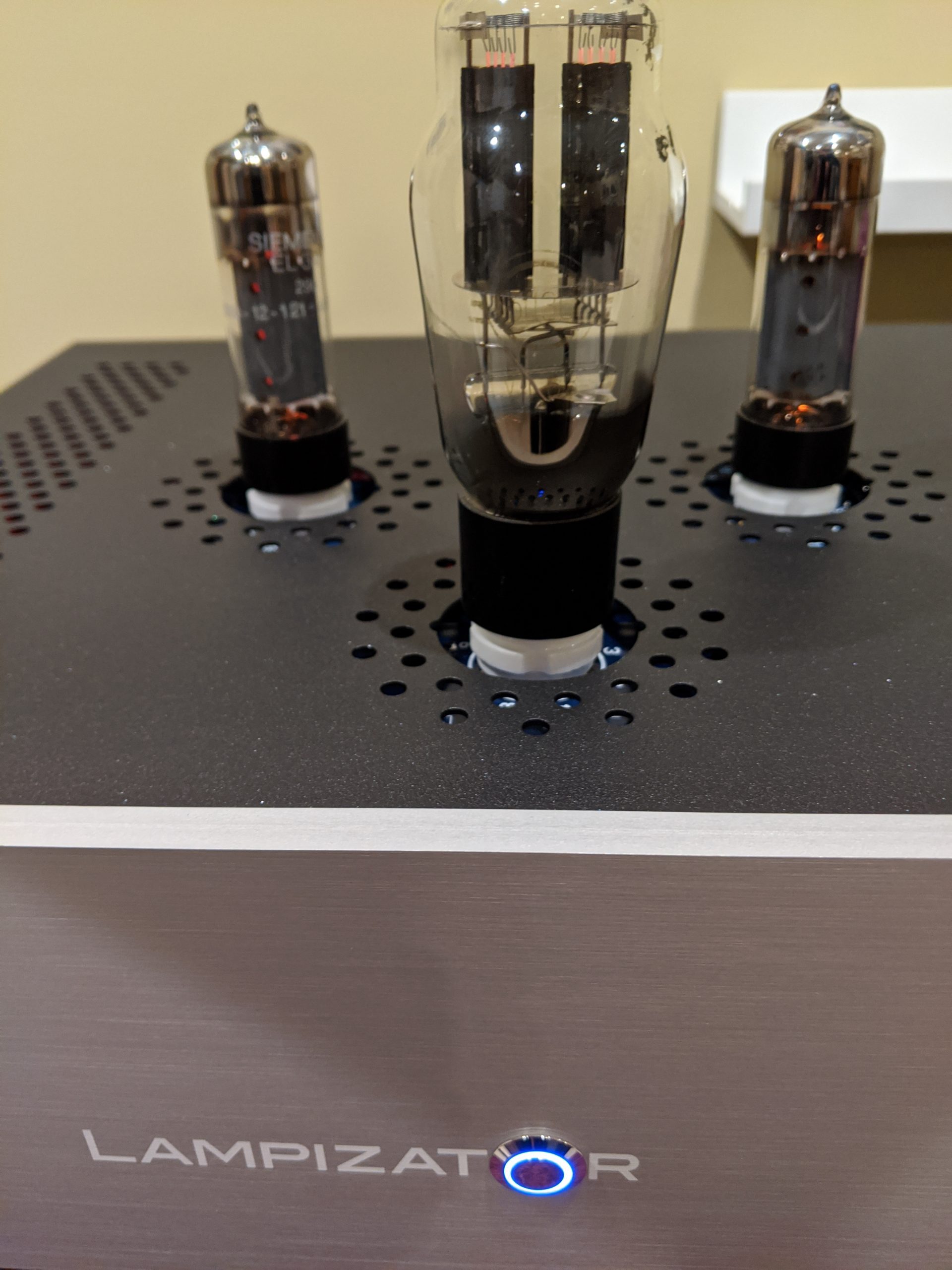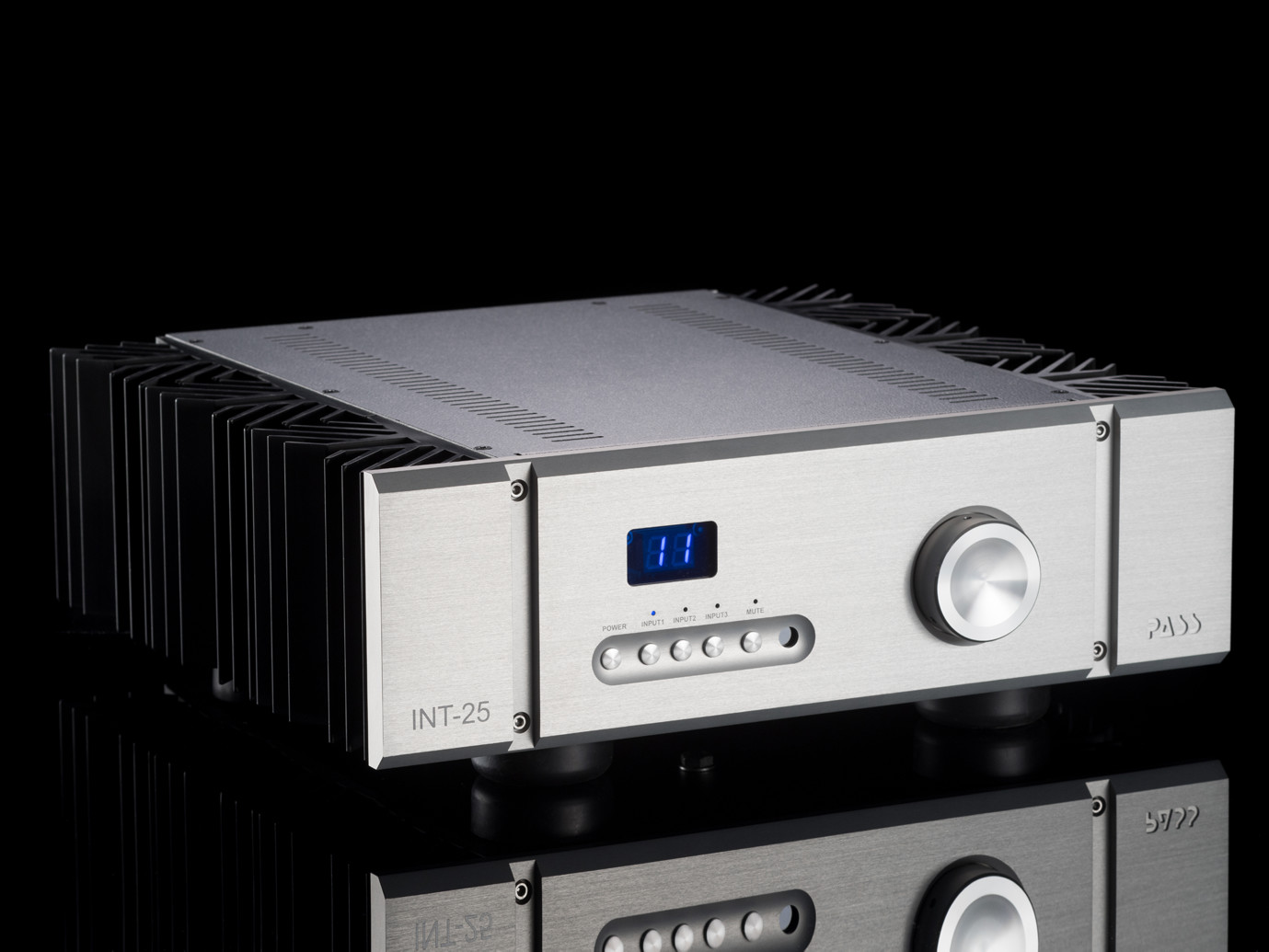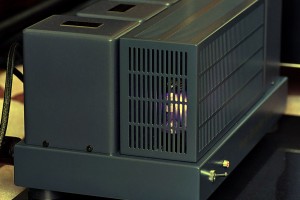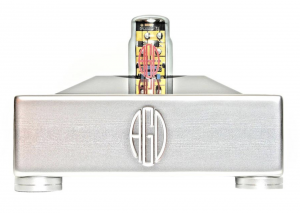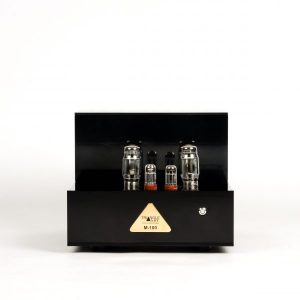
For several years I've been living in the land of low watt tube SET amplifiers: 2A3, 45, 300B and 845 Triode amps have been in my personal collection. Lately, the arrival of a new pair of reference speakers finds me auditioning higher power amps. There is quite a difference between a gaggle of glass bottles squeezing out 10 Class A watts of fabulosity and a pair of amps that can supply 180 Ultralinear push-pull watts per channel. Certainly a transmutation this significant would define itself as a complete reversal of direction... Yep... a 180… A pair of M-180's to be more precise!
A Rogue's Gallery of Audio
After a very long and fortuitous stretch with another powerful, yet diametrically opposed Rouge Audio design; the Pharaoh Hybrid Class D Integrated, I discussed with Rogue's Mark O'Brien the desire to hear my reference Von Schweikert VR-35 loudspeakers driven by potent tube power. He quickly suggested the M-180's as a perfect partner. As the little brothers of Rogue's statement Apollo amps, the M-180's are serious audio machinery. The use of custom wound output transformers, boutique resistors and capacitors, along with four matched KT120 tubes per monoblock give confidence that sound quality will reach well beyond expectations of the price point. Of course $6K isn't chump change, even for well-heeled audio-foolish types, and for that kind of coin, we should all expect the very finest sound. But in our crazy hobby that is not always the case. At AXPONA 2014, I enjoyed a couple afterhours laughs and a few serious discussions with Rogue President Mark O'Brien and Production Manager Nick Fitzsimmons, and although I wasn't told; I got the feeling they are very proud to be building gear that sounds terrific yet doesn't cost the GDP of a small country. The M-180's do seem to bridge the cavernous monetary gap between the commonsensical and Oh Sheet! prices that some fine audio amps command.
Excited!
The M-180's arrived well packed with egg-crate foam protecting the already socketed tubes and a piece of plywood underneath each chassis. The plywood is held in place by machine screws that screw into the bottom plate of the chassis, presumably to reduce flexing and of course, protect against someone dropping them. This is a well-conceived shipping arrangement; solid, yet not too complex, huge or heavy.
The amps have the unmistakable Rogue look of understated beauty; body nicely painted with a textured black finish and faced with the now familiar thick anodized Rogue aluminum faceplate. Inside the oval-shaped recessed front, there is a single power button and blue LED power indicator light. The rear of each amp has a main fuse, IEC power inlet, Ultra linear/Triode switch, RCA and XLR inputs and 5-way speaker binding posts for 8 ohm load, 4 ohm load and common. The front half of the amp is enclosed and contains the power transformer and the output transformer. Behind the front enclosure is a removable welded wire cage where all the tubes reside; 4-KT120, 2-12AU7, and 1-12AX7 per mono amp. On the top rear of each amp is a biasing meter surrounded by a removable access plate attached with spring-loaded thumbscrews. Removing this cover exposes tube power fuses and the biasing switches. Warm up the amp for a minimum of 30 minutes, then without signal applied, you simply flip the switch to "BIAS" and use the supplied tool to twist the (very) small potentiometer until the needle on the meter sets on 40ma, and then flip the switch back to "RUN". Repeat for all four tubes in each amp, replace the cover plate and you're ready to ROCK! While this is anything but a herculean task, the dials on the pots are very small and the tubes very hot. If you're increasingly blind in close quarters (like me), glasses are a must. When working from the front of the amp and looking at the meter upside down, it was slightly difficult to read, so count the hash marks before you start to make sure you are setting on the correct one. And please, please, make sure your body is stable or you risk a KT120 brand burned into your flesh. (Safety tool-box talk completed!)
Running Wit da Rogue Boys
I really love the idea of mono amps. Channel separation should be spectacular and very short speaker cables can be used. It should be obvious however, that they require a bit of real estate. But the 180s are compact: At 19" deep, 14-1/2" wide, 7" high, and 55 pounds each, they are reasonably easy to handle and situate. I placed the amps on jury-rigged stands next to each speaker. Not optimal perhaps, but it worked fine during my audition. I don't do balanced, so I connected the amps to the RCA unbalanced inputs, hooked up my Stealth MLT speaker cables to the 8 ohm tap and switched them on.
[Here is a nit I'll pick: It is very difficult to distinguish the Pos+ from the Neg- symbols on the speaker posts. It took a flashlight and a magnifying glass for me to do it from the front of the amps. A simple red/white band would be welcomed.]

The M-180s have a controlled soft-start circuit to protect and extend tube life—a very nice feature since replacement tubes are so costly these days. There is a warning in the manual not to switch the amps off, then immediately back on. I read, I obey; no blowing speakers or tubes in dis house (I hope)... When first turned on, the blue LEDs light and the tubes calmly warm up. The KT120s do get toasty—hot even—but compared with my 845 tubes, they run relatively cool. It should be duly noted that there are two M-180s, so together, they will raise the temperature in a room quickly...Nice in the winter of course.
Mr. O'Brien assured me that the M180's sound great warmed from the box. Well, I am not sure whether I agree or not. At the outset, with few factory hours on the amps, they sounded a bit rough; lots of resolution, good amount of detail, but also some treble grain and, what seemed to be veiled congestion. I rolled this around my pea-brain for a time and decided not to get too excited about anything until the amps had a little time on them. After all, when I cued up a known high-quality recording, it sounded as such; others, not so much. I also admit that I found the bass, while very deep, to be a bit loose, but then again, I had been using two different amps both with >1000 damping factors prior to receiving the M's. In fact, Rogue's own Pharaoh Integrated amp, has exemplary control of the subterranean frequencies and in my experience, bests the 180's in this regard. One area that the M180s showed their immediate superiority was in macro/micro dynamic shading. Big, bold, ballsy, yes, but also delicate, quiet and subtle when called for--as my old buddy Bob used to say—veeerrry nice.
In Use
After a couple of swaps, I concluded the M-180's and my speakers play better together on the 4 ohm taps, so after a few weeks, they remained there for the duration. The 180's sounded VERY good with my Audiotropic Moebius preamp, but with all this power on tap, I decided to switch it out for a passive design, a Slagle AVC that I assembled some time ago. Wow... Again I say, WOW! The transparency of the AVC driving the 180's is simply fantastic. The slight veiling disappeared, leaving a Windex clean sound. Everything took a leap forward for the better with the possible exception of a slight loss of big dynamics. The AVC did have one issue—not enough volume control choices. Two or three stops were as loud as I wanted to listen, but whoa, what a sound... and (I was) not even broken in yet!
For the next few days (as I broke in), sound quality kept improving. Treble smoothed out, and I noted how wonderful piano sounded; delicate harmonic overtones along with a high degree of resolution that allowed me to sense the hammers hitting the strings and the pedal being let up. Bass went from being plump and a little loose to tight and deep. The tone and dynamics of percussion are truly excellent. Drums sound like the thump of stick on skin and the brassy tink of the softest cymbal touch. The low visceral womp! of the kick-drum happens fast and hard without undue overhang.
It is really weird… The first few days, the 180's just did not sound like world-class amps, but with time to stabilize under their belt, plainly written, they sound as good as any amp I've had the pleasure to hear in my home. I've read a few owner comments and a review or two, and all have said the M180's sounded somewhat solid-state. I do agree that it is possible to feel/hear this way, yet in my experience, the Rogue's simply sound like very, very, VERY good tube amps. They do have wonderful bass, which becomes more defined as the days and hours of play pass. While not glittery in the way a spot-lit "detail" amp can be, treble is smoothly to the roof. Midrange is slightly sweet and lovely without being thick or syrupy. Tone is fantastic and resolution is as high as this listener's enjoyment!
During my time with the Rogue amps, I latched onto a Wyred 4 Sound DAC-2DSDse with the Femto clock upgrade as well as a Sony HAP Z1ES Audio Player. These two digital sources sound very different from each other, but both are capable digital reconstructors. I played many files of all resolutions through them both and while PCM sounded extremely good if well recorded, some of the better DSD files I own were particularly engaging. Elton John's Goodbye Yellow Brick Road had amazing impact and drive even at low volume levels. The Doobie Brothers, Toulouse Street is no longer a tinny 1970's masterpiece, but rather a woven tapestry of harmonies and jangly guitars. One of my own vinyl rips, Joe Jackson's Body and Soul in 24-bit/192kHz also sounded incredible. The piano on "Be My Number Two" had fabulous presence and air. The sense of scale and depth at the beginning of "Heart of Ice" was particularly stunning. Obviously, the two sources have something to do with this wonderful sound, but it is the amps that carry the beauty, smoothness and dynamic scale forward and give it a splash of tube love as well as some serious visceral punch. While I spent a fair amount of time listening to digital files, vinyl was also in the mix. As is generally the case, my best LP's gave the digital a run for the money. The very finest of these records sounded quite marvelous.
Watt? No Triode?!?
Here is an interesting thing to note: I, Gary Beard, a serious lover of DHT SE distortion, like the M-180's better in Ultralinear than in Triode mode… WAY BETTER in fact. In Triode, they become just a bit too soft and romantic for me.
HUH? Yeah, I know… I don't get it either...
Actually, I believe this is more of a speaker compatibility condition. Obviously, it is good to have the choice. For me, ultralinear wakes the VSA's drivers and sounds so good that there is simply no need to use the triode setting. That might not be the case with another speaker, system, room or person. ‘Nuff said.
Findings
I have some key observations at the end of my date with the beastly Rogues. These amps are quiet. These amps are powerful. They do run a little warm—a total of eight KT120's will do that—but not ridiculously so. There is a smidge of hum at idle with my preamp in the mix, but with my AVC; nada, nil, nutin'... Mid-bass through the lower midrange is fantastic. There is a special lit-from-within quality to the lower octaves that is quite intoxicating. As any truly wonderful audio amplifier should, I can distinctly hear separation of notes, instruments, and vocals; yet just as the M-180's unravel, they reunite into a unified, kick-buttery-smooth whole. As to power, the M's seem to have unlimited headroom with my speakers. An upshot of this power reserve is the ability to listen at my customary 70-75 dB and still hear thrilling transient attacks and amazing crescendos without cranking the volume.
To me, the most important quality of the M-180 amplifiers is this: They do their job, plain and simple. No blatant editorializing in the midsection, no hyper-detailing at the top and no wooly or one-note bottom end. While I have noted that unlike some who've committed their M-180 experiences to cyber or ink-based paper monthly's; I don't think they sound more like fine solid-state than actual fine solid-state. I hear their tubey inheritance; a little rounded in places, a spit of darkness wrapped around a 3-dimensional presentation, ever so slightly soft at the top. But this is not a story of glowing filaments. Rather, it is about the Rouge's ability to provide signal amplification without the listener needing to constantly point to their auditory contribution. I get so lost in the music; I forget the M's are the driving force for good.
My experience with Rogue Audio M-180's can be distilled down to a couple of important comments. This is my first experience with the KT120 tube. I like it. The KT120's are neither fiery hot, nor rosy-toned, but with the right parts and pieces surrounding them, they produce remarkably captivating music. The M's are all that, no more, no less. The two Rogue Audio amps I've had in the Tune Saloon sound very different from each other, yet both offer fabulous music-making ability at a price that won't put your 401K at risk. My auditory sensibilities enjoy the M-180's more than the Pharaoh, and at nearly twice the price, the 180's should sound better. I don't find much to complain about save the heat output and identifying the speaker posts.
Nothing is perfect though and neither are the M-180's. I wouldn't recommend these amps for audiophiles who are looking for an aggressive, show-stopping, incredibly detailed, sparkly performance. These are not showy amps; rather they are for people who love hearing the wonders of an orchestra firing on all cylinders. The crunchiness of a Strat in the hands of a guitar god, or the blaring blats of a Jazz-master's trumpet. And the 180's are as wonderful with voices as they are with instruments.
So Gary, if these amps are so incredibly good, why aren't you keeping them?
Okay, you got me. I don't love them. They suck, and not just a little, they suck a lot...
And that, my friendly readers is a total load of equine road apples! I loved them!
The truth is really far more complex than a bit of sarcastic tongue-in-cheek venom. But I must admit, I was questioning my sanity as I boxed up this voluptuous pair to send back to the good folk in Pennsylvania Rogue-Country. (I'll bet Mark O'Brien has a really good stereo in his buggy!) These compact brutes really rocked me with their ability to make music with my VR-35's. So in the end, my issue may really be an ID-10-T problem...
Yep, I took them to you-pee-yes and now I feel like a complete and total audio-idiot.
Are these the best amps in the world? Perhaps not. No doubt others will find them to be bettered in some way, but at what $$$... cost to the buyer? For me I have yet to hear anything that comes close—they are damn good. Forget audiophilespeak; in my humble opinion, the Rogue Audio M-180's are so dynamic, so delicious, and so right, they are all most of us will ever need in an audio amplifier. If you are looking for a cost-conscious, high-powered tube amp with killer sound, these bad-boy mono's need to be on your audition list.
HIGHLY RECOMMENDED.
M-180 Amplifiers
Retail: $5995
Rogue Audio
www.rogueaudio.com




